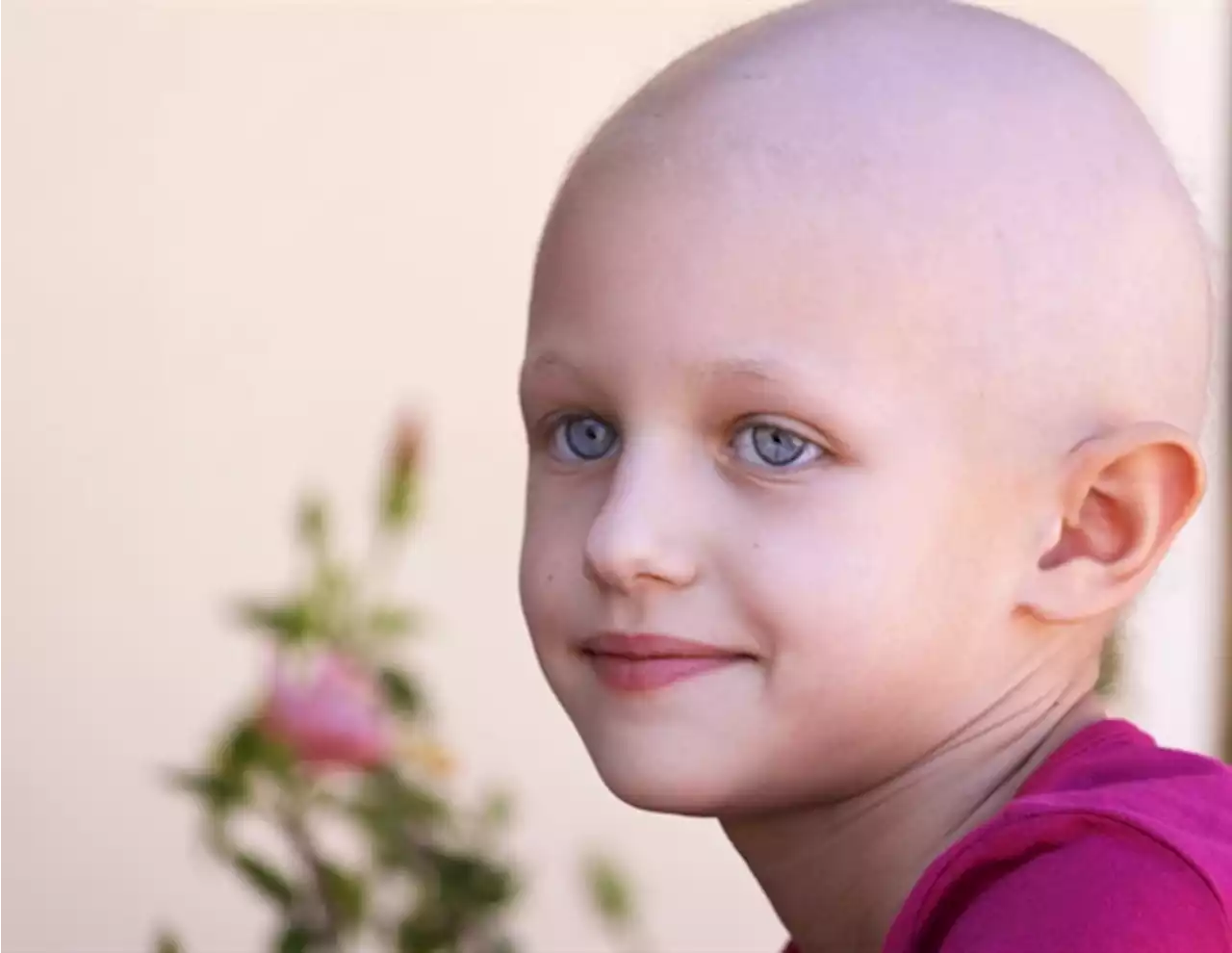Hyperdiploidy is a genetic condition observed in cancer cells, where the cells contain more chromosomes than usual.
Reviewed by Megan Craig, M.Sc.Sep 20 2023 The condition is particularly prevalent in childhood B-cell acute lymphoblastic leukemia , the most common form of pediatric cancer. To bring clarity to the field, researchers at St. Jude Children's Research Hospital worked to better define this type of ALL in the context of modern therapy to more accurately predict patient outcomes and guide treatment decisions. The findings were published today in the Journal of Clinical Oncology.
Hyperdiploidy definitions have historically been derived from the retrospective studies of previous protocols. By comprehensively comparing six different classification methods in the same patient cohort, we show that a simple system, such as the DNA index, is optimal for stratifying patients with a good prognosis. This approach remains applicable in modern studies with contemporary risk-directed therapies.
"The DNA index seems advantageous over other classification criteria because it captures a significant proportion of patients with excellent prognoses who are missed by a few other hyperdiploid definitions," said co-corresponding author Jun J. Yang, Ph.D., Departments of Pharmacy and Pharmaceutical Sciences and Oncology.
In the study, researchers discovered an association between specific chromosomal gains and sensitivities to the anticancer drugs asparaginase and mercaptopurine in patients with favorable prognoses. Unlike previous studies focusing only on drugs used at initial diagnosis, this research also explored drugs administered later in treatment. This broader perspective provides valuable insight into tailoring treatments based on individual patient characteristics.
The study's findings regarding drug sensitivities suggest some patients may not need high doses of certain drugs for the treatment to be effective. As chemotherapy can lead to adverse effects, refining therapy to precise doses could significantly benefit patients. This improvement starts with understanding each patient's genetic landscape.
"The best return on investment to maximize ALL survival is in the lowest-risk groups, where we safely cure the curable through reducing toxicities," said first author Shawn Lee, M.D., of National University Hospital and formerly of St. Jude.
United Kingdom Latest News, United Kingdom Headlines
Similar News:You can also read news stories similar to this one that we have collected from other news sources.
 'Birmingham to the Bernabeu isn't natural': Playing with (and against) Jude BellinghamFrom a debut as a schoolboy to starring in Germany and now Spain - Bellingham has made football look easy. How does he do it?
'Birmingham to the Bernabeu isn't natural': Playing with (and against) Jude BellinghamFrom a debut as a schoolboy to starring in Germany and now Spain - Bellingham has made football look easy. How does he do it?
Read more »
 Why analysing Jude Bellingham’s role at Real Madrid didn’t go to planThis piece was supposed to be about Bellingham’s positioning, but Real Madrid’s inability to replace Benzema also came to the fore
Why analysing Jude Bellingham’s role at Real Madrid didn’t go to planThis piece was supposed to be about Bellingham’s positioning, but Real Madrid’s inability to replace Benzema also came to the fore
Read more »
 Analysing Jude Bellingham’s role at Real Madrid wasn't going to planThis piece was supposed to be about Bellingham’s positioning, but Real Madrid’s inability to replace Benzema also came to the fore
Analysing Jude Bellingham’s role at Real Madrid wasn't going to planThis piece was supposed to be about Bellingham’s positioning, but Real Madrid’s inability to replace Benzema also came to the fore
Read more »
 Jude Bellingham scores stoppage-time winner on Real Madrid Champions League debutJude Bellingham had a dream debut in the Champions League for Real Madrid, scoring a last-gasp winner against Union Berlin. In an evening of firsts for both sides, Bellingham made his Champions Lea…
Jude Bellingham scores stoppage-time winner on Real Madrid Champions League debutJude Bellingham had a dream debut in the Champions League for Real Madrid, scoring a last-gasp winner against Union Berlin. In an evening of firsts for both sides, Bellingham made his Champions Lea…
Read more »
 Jude Bellingham snatches last-gasp winner for Real Madrid against Union BerlinBellingham converted from close range with virtually the last kick of the Group C clash for his sixth goal in as many matches for Real Madrid.
Jude Bellingham snatches last-gasp winner for Real Madrid against Union BerlinBellingham converted from close range with virtually the last kick of the Group C clash for his sixth goal in as many matches for Real Madrid.
Read more »
